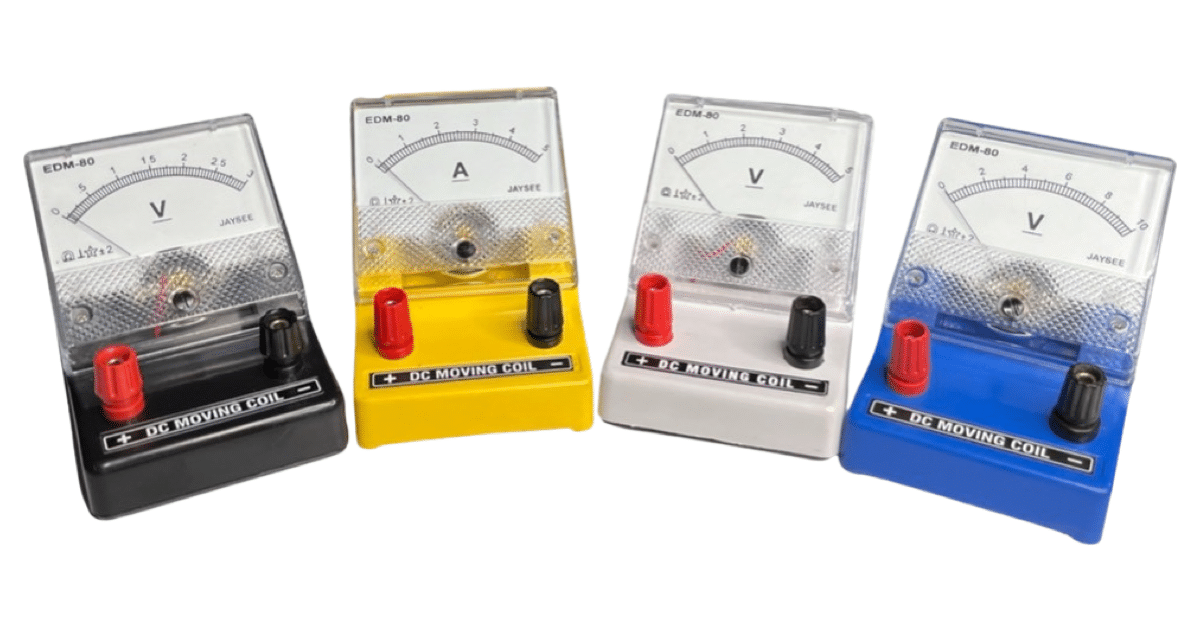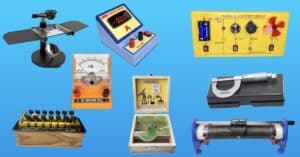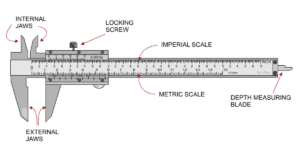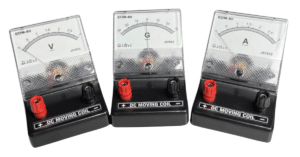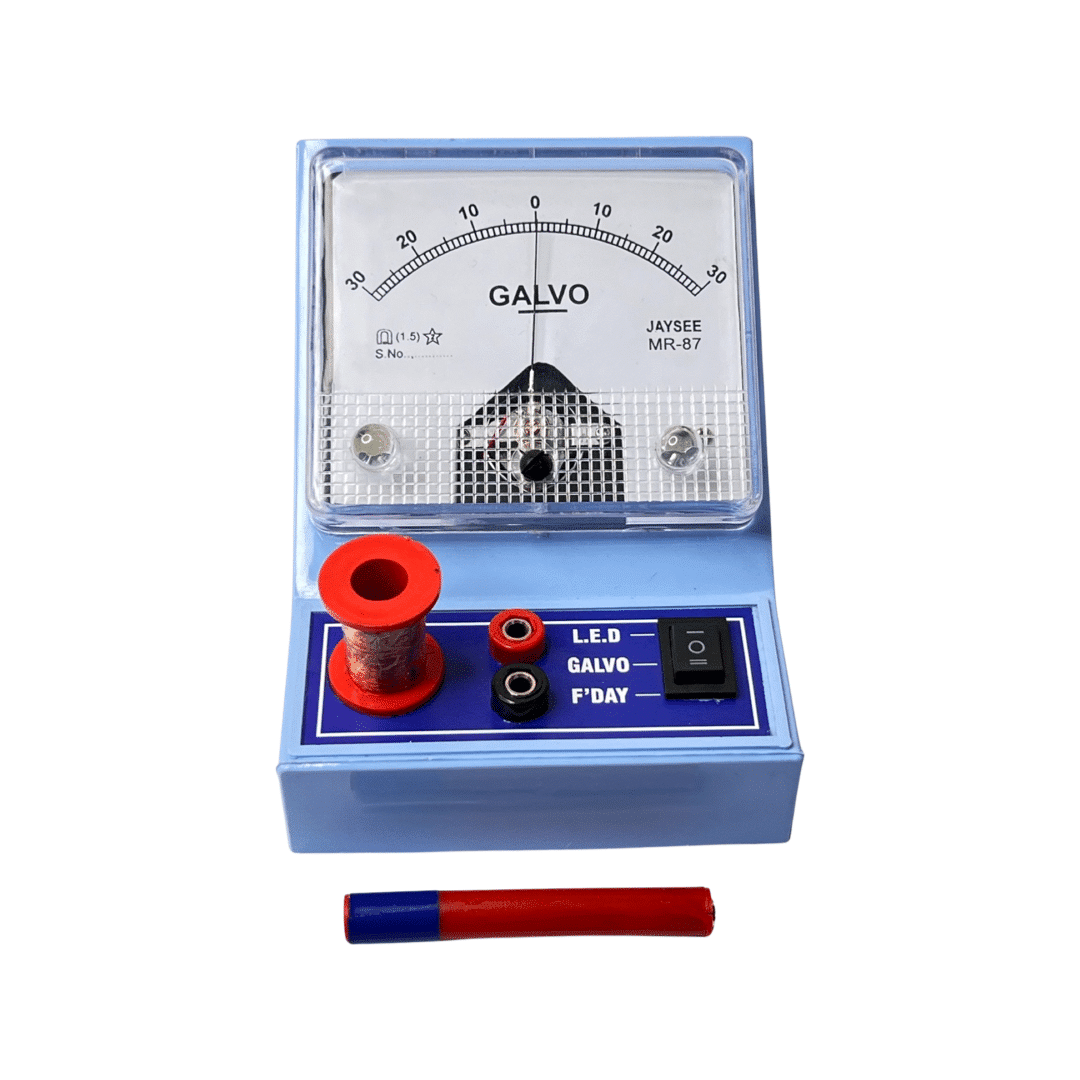Analog meters have been a staple in the electrical industry for decades. They are commonly used for measuring voltage, current, and resistance in electrical circuits. One of the important features of these meters is their least count, which is the smallest value that can be measured with the meter. In this article, we will delve into the basics of the least count of analog meters, how it is calculated, and why it is important in the electrical industry.
Introduction
Analog meters have been widely used for measuring electrical quantities for over a century. These meters have undergone significant advancements in design and functionality over the years, yet they remain relevant in various applications, including in research laboratories, power plants, and electronic manufacturing plants. One of the most critical features of analog meters is their least count, which is the smallest value that can be measured with the meter.
Analog Meters: What Are They?
Analog meters are instruments that measure electrical quantities using a moving pointer or needle that sweeps across a scale. These meters are designed to indicate the magnitude of the quantity being measured in comparison to a reference value. The earliest forms of analog meters were based on mechanical principles, and the readings were determined by the position of the needle on the scale. Modern analog meters, however, are electronic-based and use amplifiers and signal processors to convert electrical signals into an analog form.
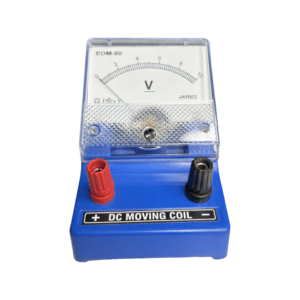
Least Count: Definition and Importance
The least count refers to the smallest value that can be measured with the meter. It is an important aspect of analog meters since it determines the precision and accuracy of the meter. The least count of an analog meter is determined by the design and construction of the meter and is usually expressed in terms of the smallest graduation on the meter scale.
How to Calculate Least Count of Analog Meters
Imagine you have a ruler that is divided into centimeters, with each centimeter further divided into 10 smaller divisions. If you want to measure the length of an object using this ruler, you can easily measure up to one-tenth of a centimeter, or 0.1 cm, using the smallest division on the ruler.
Now, imagine you have another ruler that is divided into millimeters, with each millimeter further divided into 10 smaller divisions. With this ruler, you can measure up to one-tenth of a millimeter, or 0.1 mm, using the smallest division on the ruler.
The difference between these two rulers is their least count. The ruler with centimeters as its main scale has a least count of 0.1 cm, while the ruler with millimeters as its main scale has a least count of 0.1 mm.
So, to put it simply, the least count of a measuring instrument is the smallest value that can be measured using that instrument. It is determined by the smallest division on the scale of the instrument.
The least count of an analog meter can be calculated using the formula:
Least Count = Range of the meter / Number of divisions on the scale
For instance, if an analog meter has a range of 10 volts and 100 divisions on the scale, the least count would be 0.1 volts.
10 volts ÷ 100 divisions = 0.1 volts per division
Factors Affecting Least Count
Several factors can affect the least count of an analog meter, including the sensitivity of the meter, the number of divisions on the scale, the range of the meter, and the quality of the manufacturing process. A meter with high sensitivity will have a lower least count than one with low sensitivity, while a meter with a larger number of divisions on the scale will have a lower least count than one with a smaller number of divisions.
Accuracy and Precision in Analog Meters
Accuracy and precision are critical factors in analog meter readings. Accuracy refers to the closeness of the measured value to the true value, while precision refers to the degree of consistency or reproducibility of the measured value. Analog meters can have high precision but low accuracy if there are systematic errors in the measurement process, such as zero offsets or scale inaccuracies.
Applications of Least Count in the Electrical Industry
The least count is crucial in the electrical industry since it determines the level of accuracy and precision of the measurements taken. Analog meters with low least counts are preferred in applications that require high accuracy, such as in research laboratories, while those with higher least counts are used in less demanding applications such as in industrial plants.
Common Errors in Analog Meter Reading
Reading analog meters can be prone to errors due to factors such as parallax error, temperature variations, and power supply fluctuations. Parallax error occurs when the observer’s eye is not aligned with the pointer, leading to inaccurate readings. Temperature variations can cause changes in the resistance of the meter coil, which affects the accuracy of the meter. Power supply fluctuations, on the other hand, can lead to changes in the sensitivity of the meter, which affects the least count of the meter.
Analog vs Digital Meters
Analog meters and digital meters both have their unique advantages and disadvantages. Analog meters are known for their simplicity, durability, and low cost, while digital meters offer higher accuracy, precision, and ease of use. Analog meters are still widely used in low-frequency applications, while digital meters have become the standard in high-frequency and high-precision applications.
Conclusion
In conclusion, the least count of analog meters is an essential aspect of measuring electrical quantities accurately and precisely. It is calculated based on the range of the meter and the number of divisions on the scale and can be affected by various factors such as sensitivity, the quality of the manufacturing process, and temperature variations. The least count determines the level of accuracy and precision of the meter and is critical in applications that require high accuracy. Analog meters remain relevant in various applications, especially in low-frequency applications, and continue to provide valuable insights into electrical systems.
FAQs
What is an analog meter?
An analog meter is an instrument that measures electrical quantities using a moving pointer or needle that sweeps across a scale.
What is the least count of an analog meter?
The least count of an analog meter is the smallest value that can be measured with the meter. It is determined by the range of the meter and the number of divisions on the scale.
What factors affect the least count of an analog meter?
Factors that affect the least count of an analog meter include the sensitivity of the meter, the number of divisions on the scale, the range of the meter, and the quality of the manufacturing process.
How can errors in analog meter readings be minimized?
Errors in analog meter readings can be minimized by avoiding parallax errors, ensuring temperature stability, and providing a stable power supply.
How do analog meters compare to digital meters?
Analog meters are known for their simplicity, durability, and low cost, while digital meters offer higher accuracy, precision, and ease of use. Analog meters are still widely used in low-frequency applications, while digital meters have become the standard in high-frequency and high-precision applications.
Keywords: Analog meter, Least count, Measurement accuracy, Meter scale, Division, Increment, Precision, Electrical measurement, Voltage measurement, Current measurement, Resistance measurement, Scale markings, Measuring instruments, Meter range, Instrument sensitivity.


